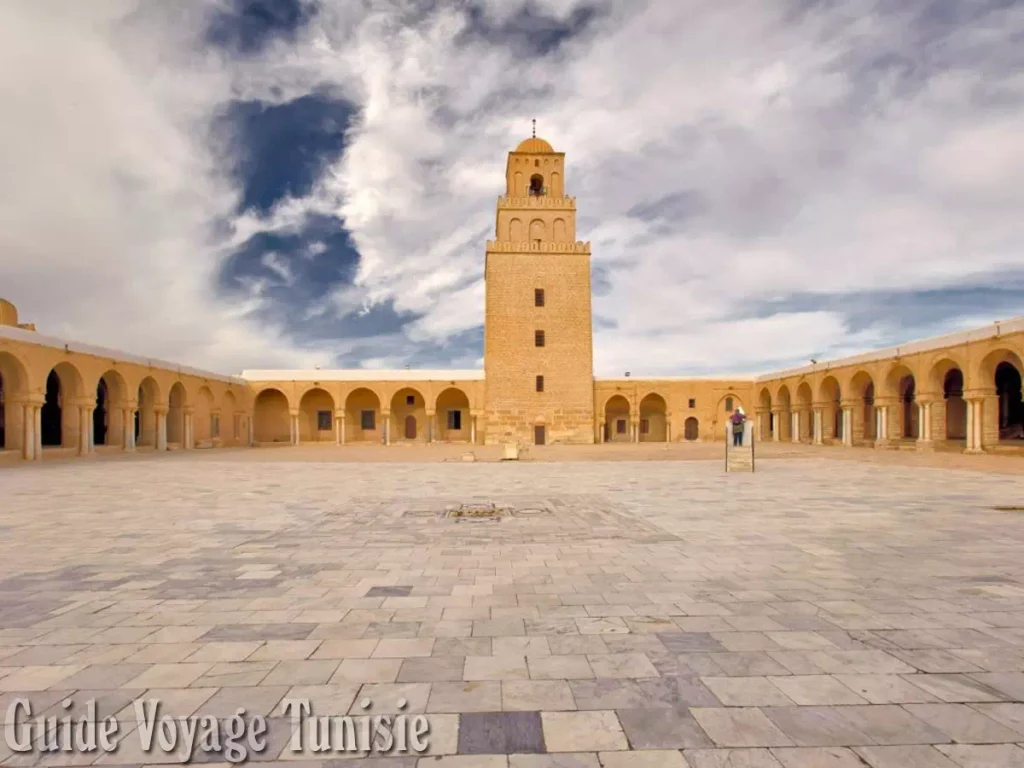Unesco World Heritage Sites
UNESCO classified sites in Tunisia are 8 in number.
Tunisia is a country which is as rich in its nature and its landscapes as in its authentic and preserved historical and cultural heritage, despite its small area.
This country has always been marked by the different civilizations that have succeeded one another on its territory, which has allowed it to distinguish itself from an impressive cultural diversity and a rich historical heritage that highlights the imprints of ancestral civilizations.
The Tunisian archaeological heritage is one of the richest in the Mediterranean Basin with several hundred ancient sites. About twenty are of major interest, eight of which are on the UNESCO World Heritage List and twelve others are on the indicative list.
Here are the sites already listed as World Heritage by UNESCO, divided between 7 governorates of the country.
The amphitheater of El Jem

Classified in 1979 as a World Heritage Site and able to accommodate 35,000 spectators, the Roman amphitheater of El Jem is considered to be one of the largest coliseums in North Africa. This grandiose amphitheater is located in the governorate of Mahdia, was built in the 3rd century, embodying the glory of the Roman Empire.
The archaeological site of Carthage
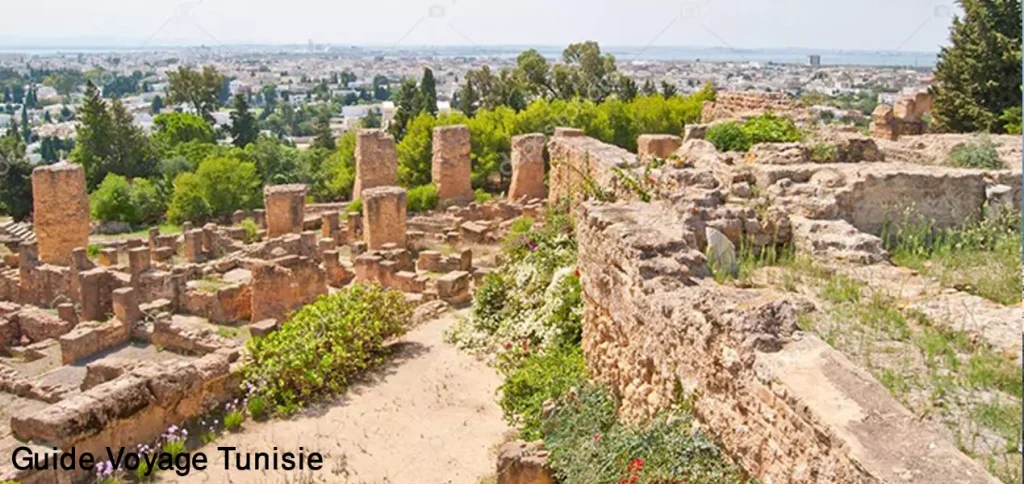
The archaeological site of Carthage has been classified as a World Heritage Site since 1979 and is home to the unmissable Cathedral of Saint Louis. Scattered throughout the city of Carthage in the governorate of Tunis, the ruins of the archaeological site of Carthage bear witness to a grandiose civilization that has been able to impose its existence from the 9th century BC to the present day.
The Medina of Tunis
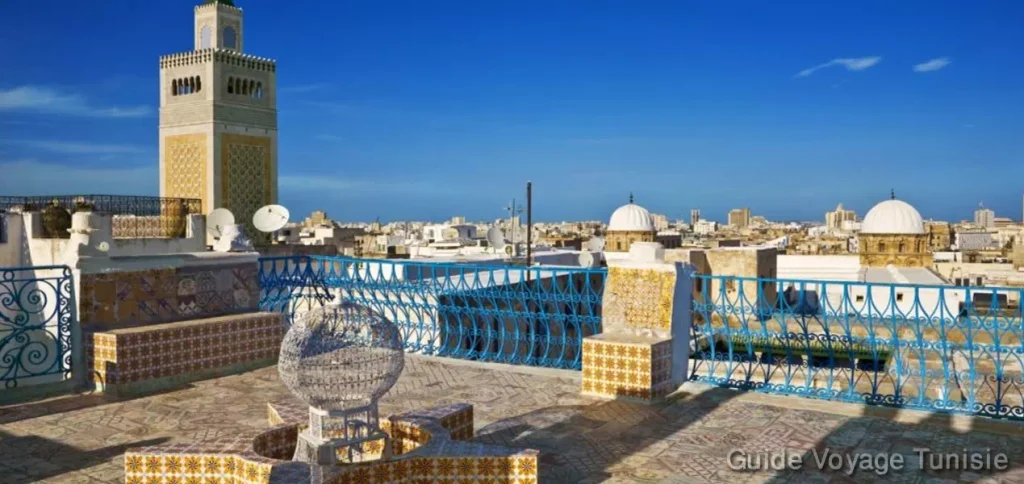
Founded in 689 around the mosque of Zitouna and listed since 1979 as a UNESCO World Heritage Site, the Medina of Tunis experienced an unparalleled boom under the reign of the Almohads and the Hafsids (from the 12th to the 16th century) and quickly developed to become one of the most important cities in the Islamic world. The Medina of Tunis has more than 700 must-see monuments, including palaces, mosques and mausoleums preserved to this day.
Ichkeul National Park
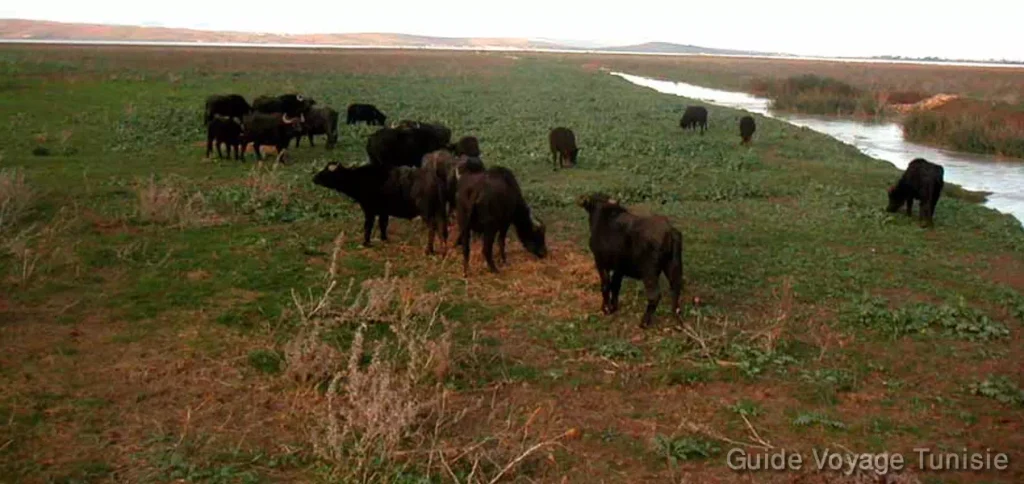
Covering a total area of 12,600 hectares and with more than 180 species of birds, some of which are rare and endangered, Ichkeul National Park is one of the best known parks in Tunisia and even in North Africa. Ichkeul National Park was a hunting reserve in the 18th century before being listed as a UNESCO World Natural Heritage Site in 1980.
The holy city of Kairouan
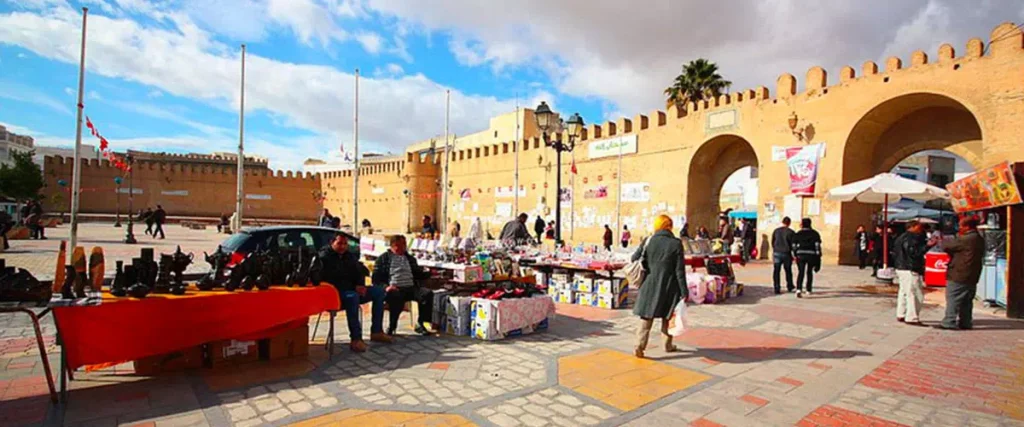
The former Aghlabid capital and one of the most important Islamic cities, Kairouan has been on the UNESCO World Heritage List since 1988. Renowned for its medina, its rich architectural heritage and its grandiose mosques, Kairouan has managed to maintain its positioning as the first holy city of the Maghreb.
The Punic city of Kerkouane and its necropolis
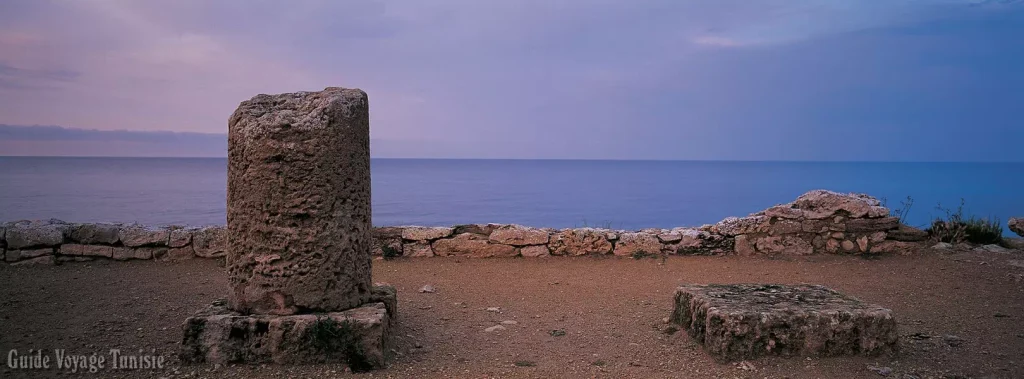
Kerkouane is home to a city and a necropolis dating from the Phoenician era. The Punic city of Kerkouane has been listed as a World Heritage Site since 1986, located at the end of Cap Bon on a cliff overlooking the sea, it is indeed the only preserved Punic city that has not suffered modifications, thus reflecting the old typical Punic architecture.
The Medina of Sousse

Classified since 1988 as a UNESCO World Heritage Site, located in the heart of the Tunisian Sahel, the Medina of Sousse symbolizes the typical architecture of the ancient Islamic cities of the Maghreb.
The Medina of Sousse is home to grandiose historical monuments including the ribat and the Great Mosque. With its kasbah, its ramparts, its medina and its Great Mosque, the Bu Ftata mosque and its typical ribat, both fort and religious building.
The archaeological site of Dougga or Thugga
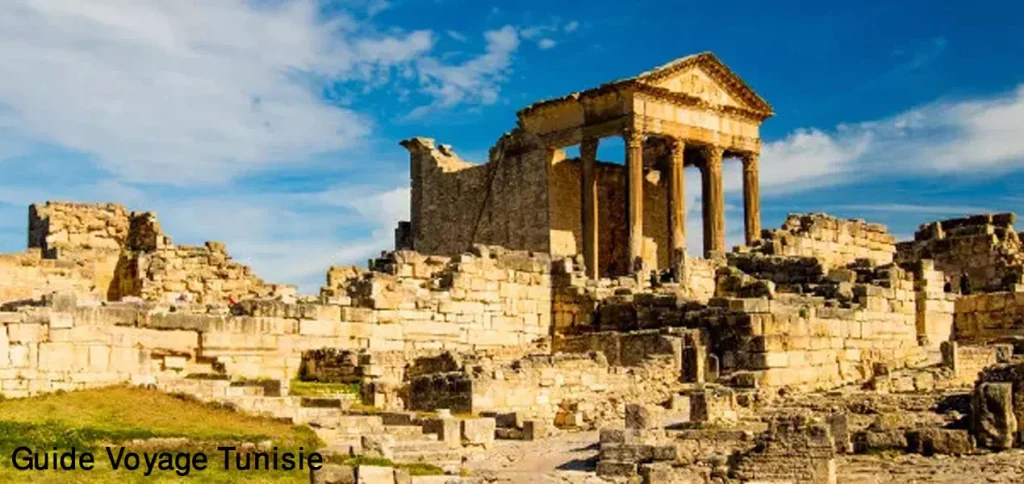
Located in the governorate of Béja in northern Tunisia, the archaeological site of Dougga was inscribed in 1997 on the list of world heritage sites. It is indeed the best preserved Roman city in North Africa. Distinguished by its size as well as its location, Dougga is a place rich in history and landscape which shelters grandiose monuments which still bear witness to the different civilizations which have succeeded each other on the territory of the country, including the Capitol, the Libyco-Punic mausoleum, and the temples of Saturn and Juno Caelestis.
Unesco classified sites in pictures

